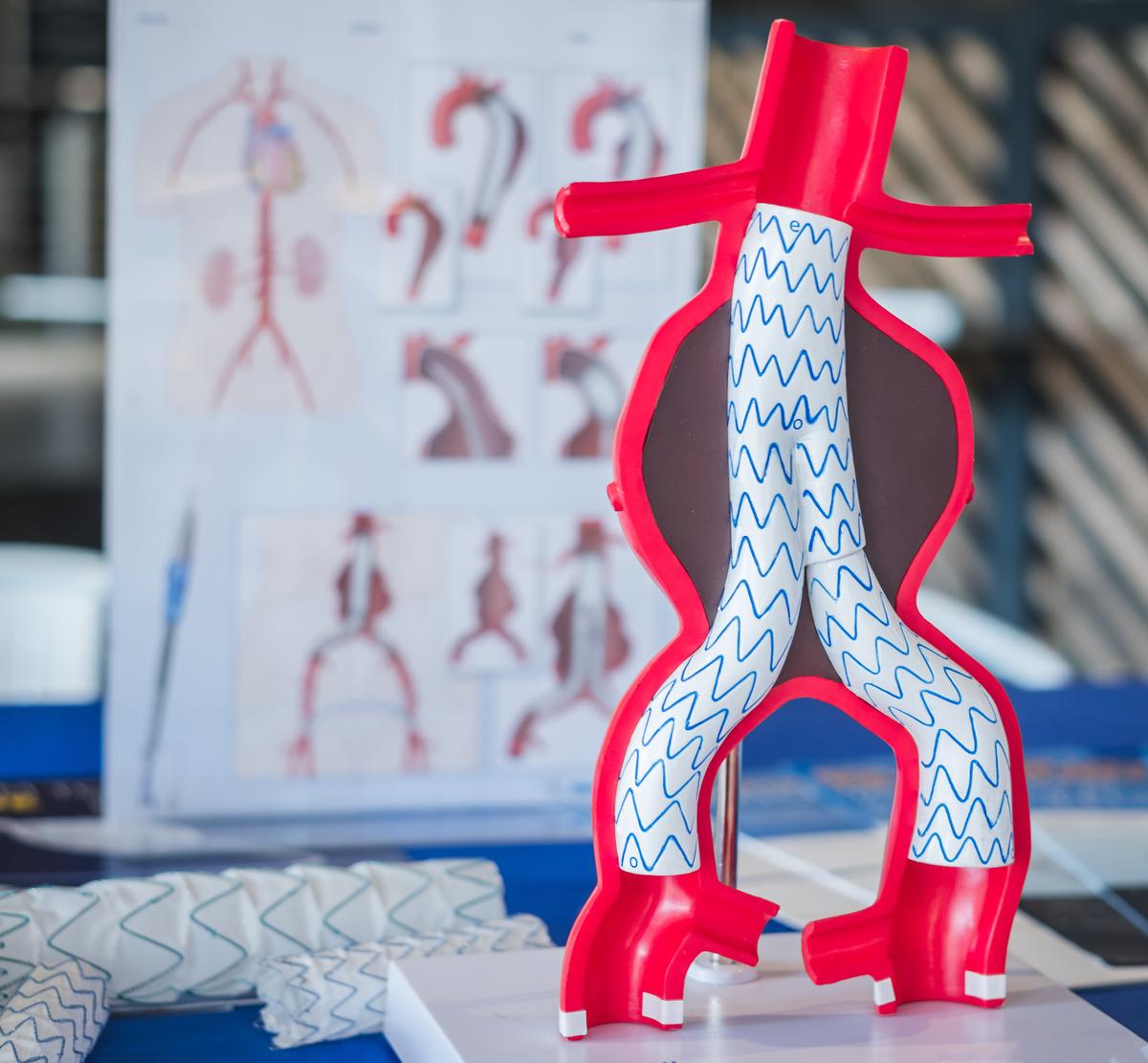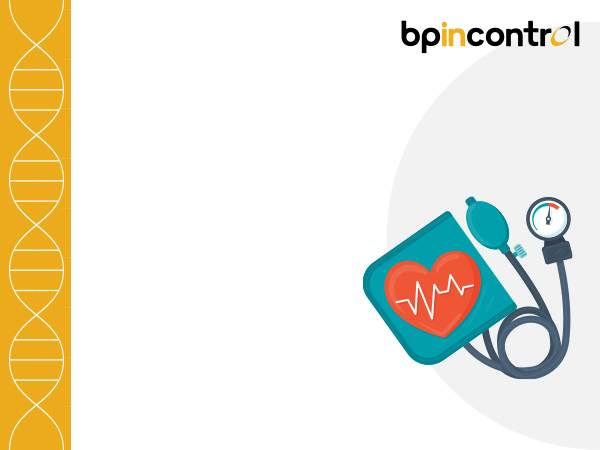Aortic Aneurysm: Symptoms, Causes & Treatment

Table of Contents
What is an Aortic Aneurysm?
If you are wondering what is aortic aneurysm, you are not the only one. An aortic aneurysm may sound like a daunting term but don’t worry! It’s simply a bulge in your aorta, the largest artery in your body, that can potentially cause some problems. Aortic aneurysms can develop in different parts of the aorta, but the most common type is called an abdominal aortic aneurysm (AAA). This occurs below the chest, and in the abdominal area, and is more common in older adults, especially individuals who smoke or have a family history of the condition.
The exact cause of Aortic aneurysms is not clear, but researchers believe it may be related to atherosclerosis (buildup of plaque in the arteries), high blood pressure, cholesterol or genetic factors. Some people with Aortic aneurysms may not experience any symptoms, while others may feel a pulsing sensation in their abdomen, back pain, or other signs that something’s not quite right. But with the right precautions and proper treatments, you can keep your heart healthy and your mind at ease.
What are the different types of Aortic Aneurysms?
Aortic aneurysm meaning the abnormal bulging or swelling of the aorta is often classified based on the location of the aneurysm. There are two main types of aortic aneurysms: thoracic aortic aneurysms and abdominal aortic aneurysms.
- Thoracic aortic aneurysm: This type of aneurysm occurs in the thoracic (chest) area of the aorta, and can lead to symptoms such as chest pain and difficulty in breathing. Thoracic aortic aneurysms are less common than abdominal aortic aneurysms and can be caused by a variety of factors, including high blood pressure, cholesterol, atherosclerosis, genetic conditions such as Marfan syndrome, and traumatic injury.
- Abdominal aortic aneurysm: Abdominal aortic aneurysms are more prevalent than thoracic aortic aneurysms, with older adults and individuals who smoke or have a family history of the condition being particularly vulnerable. Although the exact cause of abdominal aortic aneurysms is uncertain, certain risk factors such as smoking, high blood pressure, and atherosclerosis can increase the likelihood of developing this type of heart aneurysm.
Both types of aortic aneurysms can be asymptomatic and may only be detected during routine medical exams. However, if left untreated, they can lead to serious complications such as internal bleeding, stroke, or heart attack. Therefore, early detection and treatment are crucial for preventing these life-threatening events.
What causes Aortic Aneurysm?
An aortic aneurysm, meaning a bulge in the wall of the aorta, is the main blood vessel that carries oxygen-rich blood from the heart to the rest of the body. The exact cause of aortic aneurysms is not known, but several factors can increase the risk of developing one, including:
- Age – Aortic aneurysms are more common in older adults, particularly those over the age of 65.
- Smoking – Cigarette smoking is a significant risk factor for developing an aortic aneurysm. The effects of smoking can weaken the walls of the blood vessels and increase the risk of atherosclerosis, which is a buildup of plaque in the arteries.
- High blood pressure – Hypertension can cause the walls of the aorta to weaken and bulge, leading to an aneurysm.
- Family history – Aortic aneurysms can run in families, suggesting a genetic predisposition.
- Atherosclerosis – A buildup of plaque in the arteries can weaken the walls of the aorta, leading to a heart aneurysm.
- Connective tissue disorders – Certain genetic disorders that affect the connective tissues in the body can increase the risk of developing an aortic aneurysm.
What are the symptoms of an Aortic Aneurysm?
A heart aneurysm is a potentially serious medical condition that can occur in different parts of the aorta, including the abdominal and thoracic areas. The symptoms of an aortic aneurysm can vary depending on the size and location of the aneurysm. Small aneurysms may not cause any symptoms and are often detected incidentally during imaging tests for other conditions. On the other hand, larger aneurysms can cause symptoms that affect various parts of the body.
- Pain or discomfort in the chest or back: Unpleasant sensations in the chest or back region that may be sudden, severe, or constant.
- Abdominal pain or swelling: Pain or tenderness in the abdominal area accompanied by visible swelling or bulging.
- Hoarseness or difficulty swallowing: Changes in the voice or difficulty in swallowing due to the pressure of the aneurysm on nearby organs.
- Shortness of breath or difficulty in breathing: Difficulty in breathing, breathlessness, or feeling of suffocation due to decreased blood flow or pressure in the lungs.
- Rapid heartbeat: An abnormally fast heartbeat due to the increased workload on the heart.
- Dizziness or lightheadedness: Feeling faint or unsteady, which may be caused by low blood pressure or decreased blood flow.
How is a Heart Aneurysm treated?
Treatment for a heart aneurysm will depend on the size, location, and severity of the aneurysm, as well as the patient’s overall health. In some cases, small aneurysms may not require treatment and can be monitored with regular imaging tests. However, larger aneurysms or those at risk of rupture will require intervention.
- Surgical repair is a common treatment option for heart aneurysms. The procedure involves removing the weakened section of the heart and replacing it with a synthetic graft.
- Open aneurysm repair surgery is the traditional method, which involves making an incision in the chest or abdomen to access the heart.
- Endovascular repair is the less invasive option which involves inserting a catheter through a small incision in the groin and guiding it to the site of the aneurysm.
- Medication may be prescribed to manage symptoms and reduce the risk of complications. This may include medications to control blood pressure, reduce the risk of blood clots, or relieve pain.
- Lifestyle modifications may also be recommended to help manage heart aneurysms. This includes:
- To quit smoking
- Maintaining a healthy diet
- Exercise routine
- Managing other health conditions that may contribute to the development of heart aneurysms.
It is important to discuss treatment options with a healthcare provider to determine the most appropriate course of action based on individual needs and medical history.
Conclusion
It’s crucial to stay vigilant of the signs and symptoms of Aortic aneurysms and seek prompt medical attention if you experience any concerning symptoms. Early detection and intervention can make a significant difference in improving outcomes and preventing complications. If you have any concerns about your heart health or have been diagnosed with a heart aneurysm, it’s essential to consult with a qualified healthcare provider. You can easily find a list of experienced physicians in your area by visiting our Find a Physician webpage. Take control of your heart health today by finding the right healthcare provider.
FAQs on Heart Aneurysm
1) How serious is an aortic aneurysm?
An aortic aneurysm is a serious medical condition that can be life-threatening if left untreated. The risk of rupture increases as the aneurysm grows larger, which can result in severe bleeding and potentially fatal complications.
2) Can a person survive an aortic aneurysm?
Yes, a person can survive an aortic aneurysm with prompt diagnosis and appropriate treatment. The outcome will depend on various factors, including the size and location of the aneurysm, the patient’s overall health, and the type of treatment received. It’s essential to consult with a qualified healthcare provider for proper evaluation and management.
3) What activities should be avoided with an aortic aneurysm?
Patients with an aortic aneurysm should avoid activities that can increase blood pressure or stress on the aorta, such as heavy lifting, intense exercise, or activities that require pushing or straining.
4) Are there warning signs days before an aneurysm?
While some people may experience warning signs or symptoms before an aneurysm ruptures, others may not have any warning signs at all. Symptoms can include sudden or severe chest or abdominal pain, dizziness, fainting, or difficulty in breathing.
5) How long can a person live with an aortic aneurysm?
The life expectancy of a person with an aortic aneurysm will depend on various factors, such as the size and location of the aneurysm, the patient’s age and overall health, and the type of treatment received. With appropriate treatment, many patients can lead long and healthy lives. However, close monitoring and ongoing care are necessary to manage the condition and prevent complications.
Disclaimer
The information contained in this article is to educate, spread awareness in relation to hypertension and other diseases to the public at large. The contents of this article are created and developed by BPinControl.in through its authors, which has necessary, authorisations, license, approvals, permits etc to allow usage of this articles on The Website. The views and opinions expressed in this article are views, opinions of the respective authors and are independently endorsed by doctors. Although great care has been taken in compiling and checking the information in this article, The Website shall not be responsible, or in any way liable for any errors, omissions or inaccuracies in this article whether arising from negligence or otherwise, or for any consequences arising therefrom. The content of this article is not a substitute for any medical advice. The Website shall not be held responsible or liable for any consequence arising out of reliance on the information provided in the article.


Comments (0)
No comments found.Add your comment